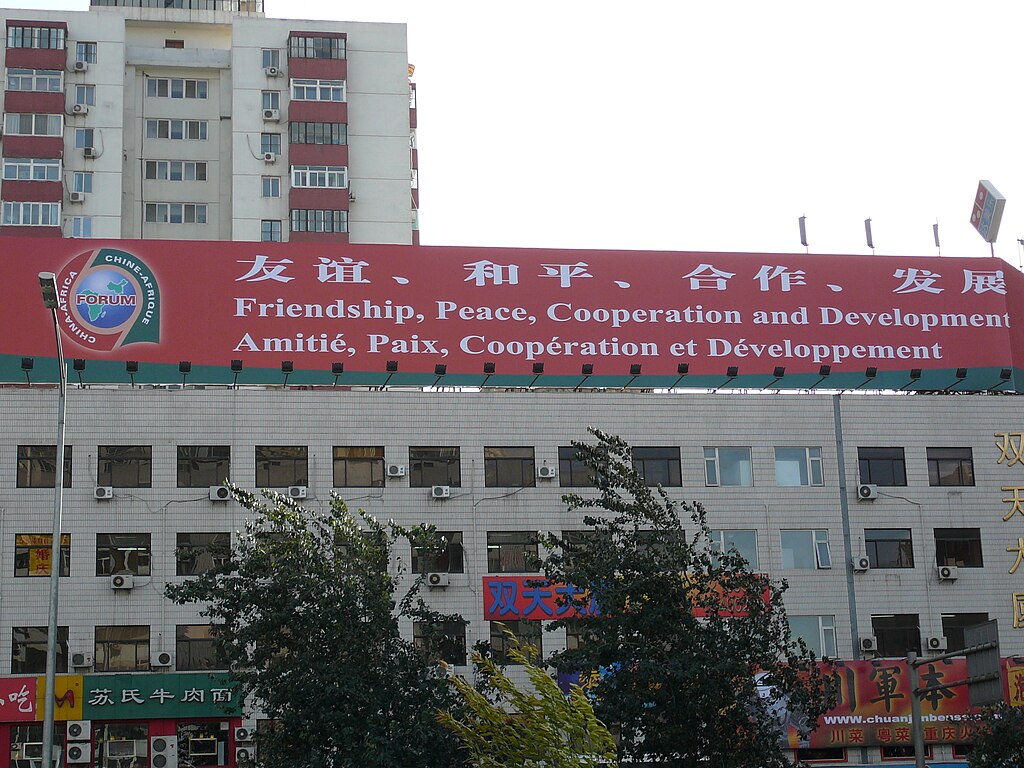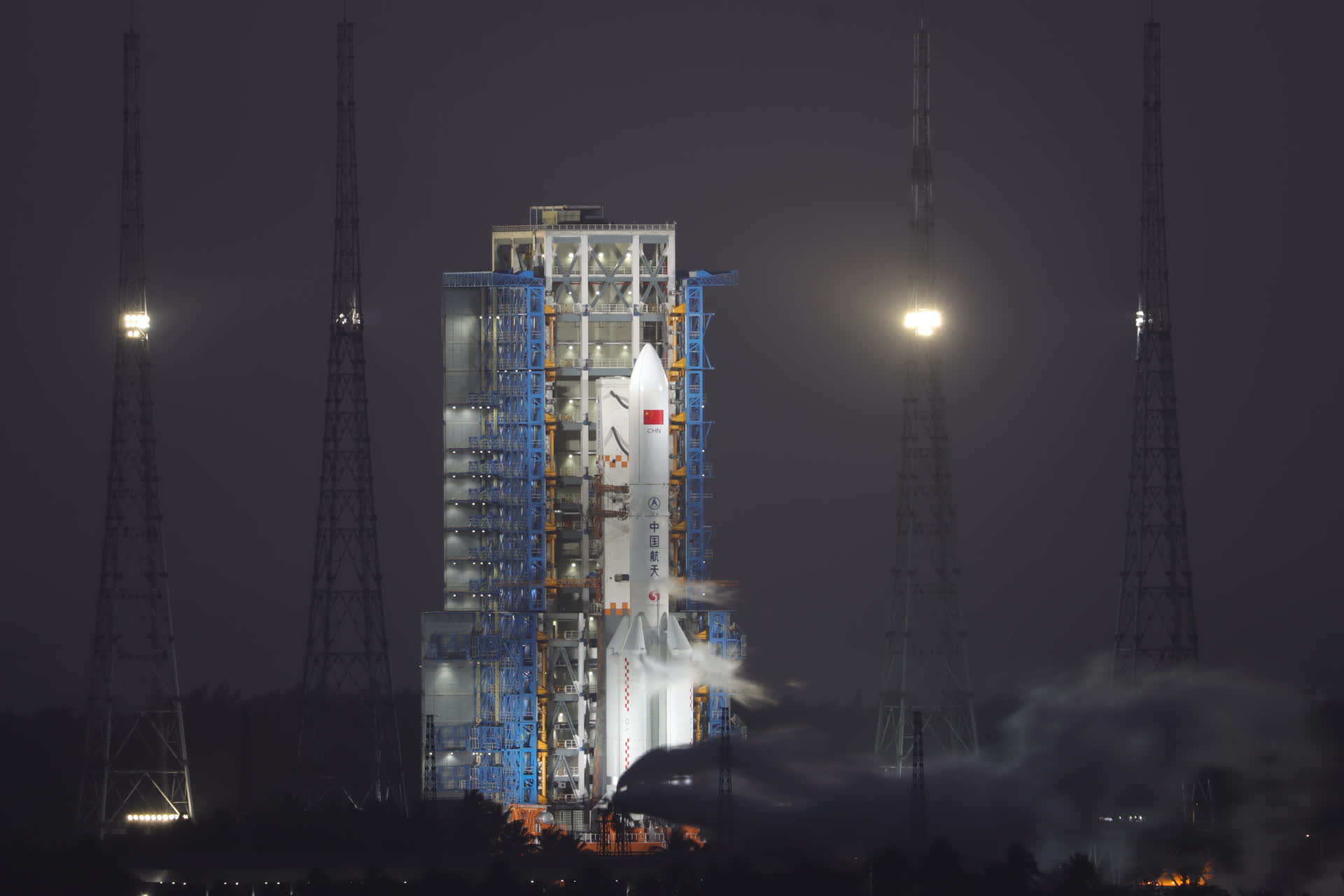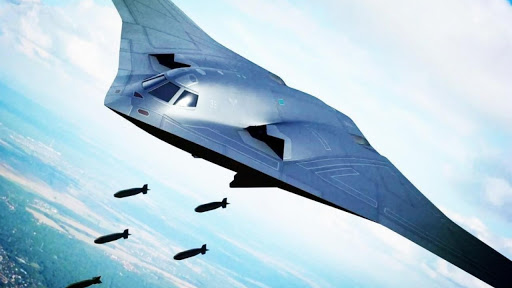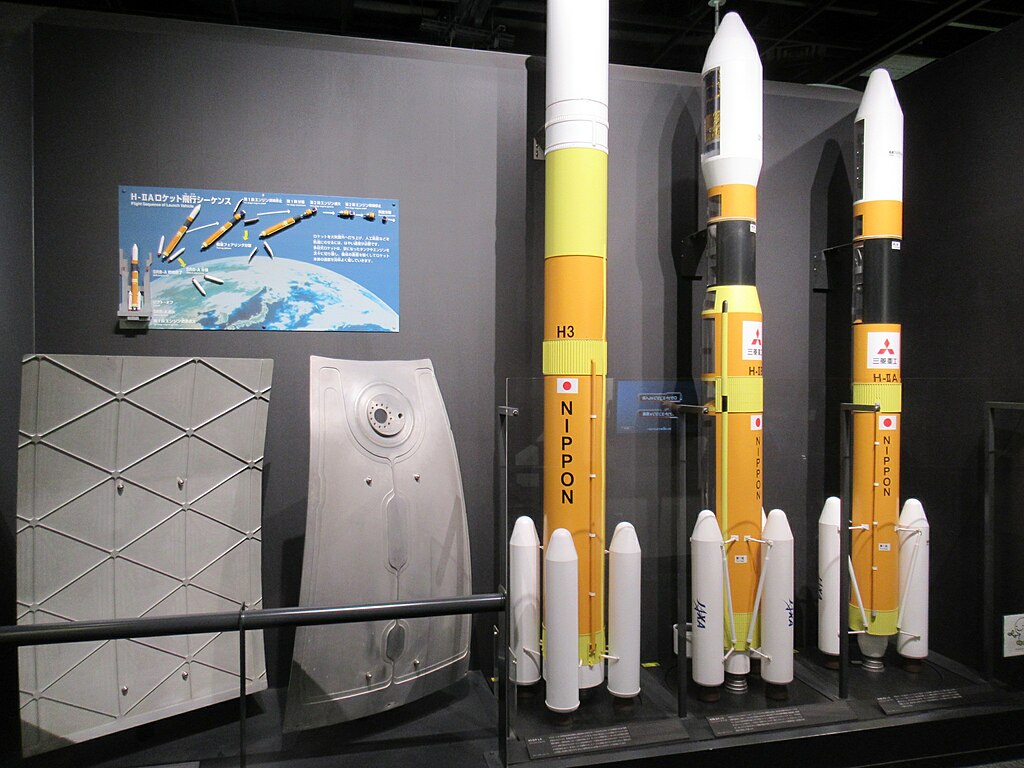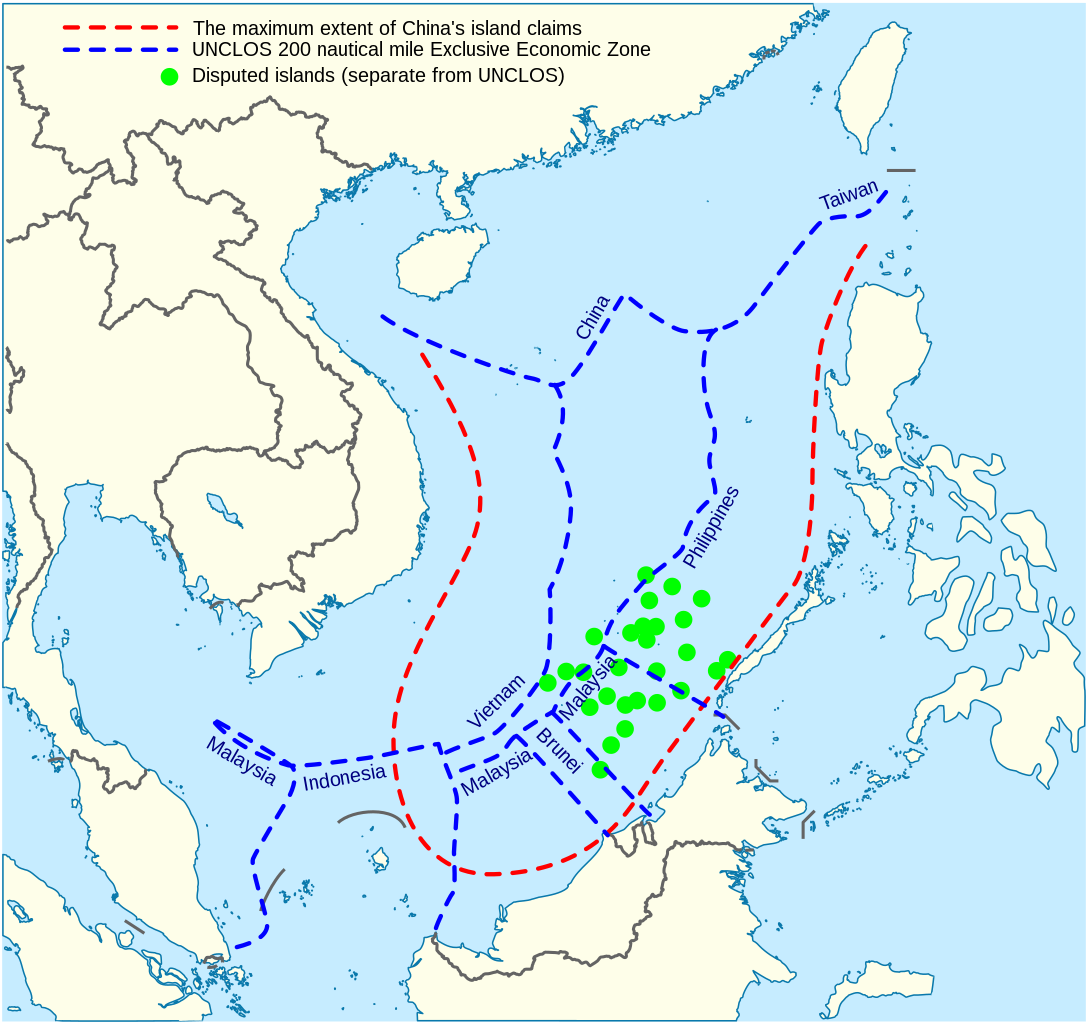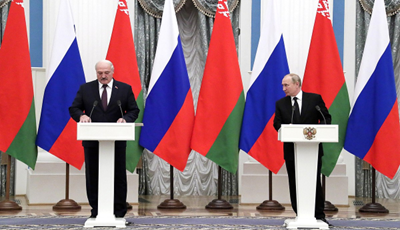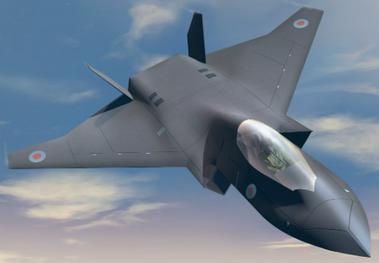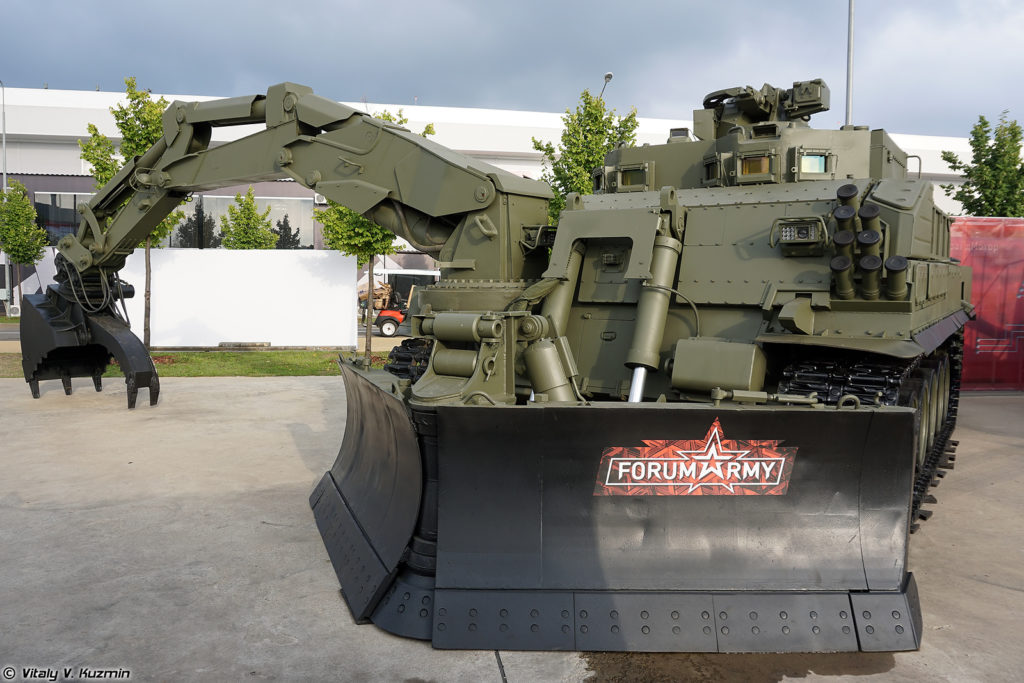Russian military prepares Orlan-10 drones for launch during Russia’s Vostok-2018 Maneuvers.
“The Russian Army will receive weaponized drones, operated with the help of artificial intelligence (AI) – their delivery to the troops in the Special Military Operation (SMO) zone is already planned.”
The Russian Defense Ministry has announced that it will incorporate artificial intelligence (AI) into its attack drones to increase their accuracy and precision. According to the excerpted article published by the government news agency RIA News, Russia conducted around 700 successful drone attacks on Ukrainian targets in Avdiivka during the first half of February 2024. The article states that Russia plans to introduce AI to further refine its attack drones as part of a wave of military modernization incorporating more advanced technology and electronics into military systems. The aim is to allow AI to control the drones, increasing the battlefield efficacy of Russia’s drone complex. However, it is important to note that Ukraine is also working to incorporate AI capability in its attack drones. According to the second excerpted article from private Ukrainian media outlet Focus Media, Ukraine’s effort to implement AI on the battlefield has support from the West as well as internally from Ukrainian technology developers. In addition to testing AI-capable drones from the United Kingdom, the Ukrainian Minister for Technology Development reports having more than 20 different teams developing similar technologies. The Ukrainian Defense Ministry believes that AI-capable attack drones could overwhelm Russian positions, while Russia believes the same to be true in reverse. Thus far, Ukraine has developed two AI-capable drones approved for battlefield use, the Saker Scout[i] and SkyKnight2.[ii] While neither Russia nor Ukraine have fully implemented AI into their drone fleets, they are racing against each other to gain this advantage. Should Russia succeed in its goal of increased tactical efficacy in attack drones, it may be able to set a pace of sky-borne destruction that cannot be countered by the Ukrainian and Western technologies currently being employed in the war effort.[iii] AI integrated into attack drones will provide Russia with a technological advantage that is unmatched by regional forces.
Sources:
“Армию России вооружают беспилотниками с искусственным интеллектом (The Russian Army will be armed with drones with artificial intelligence),” RIA News (one of the largest Russian government news agencies), 24 February 2024. https://crimea.ria.ru/20240224/armiyu-rossii-vooruzhayut-bespilotnikami-s-iskusstvennym-intellektom-1135183675.html
The Russian Army will receive weaponized drones, operated with the help of artificial intelligence (AI) – their delivery to the troops in the Special Military Operation (SMO) zone is already planned. Defense Minister Sergei Shoigu announced this during an inspection visit to the Russian central grouping of troops. His words are quoted by the Ministry of Defense. “We have come to this point. This is becoming a pretty serious weapon.” – said the minister, noting that the deliveries of the latest unmanned aerial vehicles (UAVs) to Russian troops will increase the effectiveness of their application.”
… in the last two weeks of February attack drones have destroyed upwards of 700 different enemy targets in Avdiivka, including armored vehicles, artillery systems, radar facilities, and enemy manpower. In particular, during the liberation of Avdiivka the reconnaissance UAV complex, Orlan-30 [R1] , proved itself well…
Based upon the results of the report, Shoigu set the task to further strengthen the Russian central grouping of troops via electronic warfare, chiefly at the tactical level.
A few days prior, the head of the Russian government Mikhail Mishustin gave instructions to maximize the process of modernizing combat systems used as a part of the SMO and to expand their combat capabilities.
Alexander Zalata, “Украина вооружается дронами с ИИ: чем лучше обычных и когда массово появятся на фронте (Ukraine is arming itself with AI drones: better than the usual and when will they appear en masse on the front),” Focus Media (a privately-owned Ukrainian media company), 22 February 2024. https://focus.ua/digital/628357-ukraina-vooruzhaetsya-dronami-s-ii-chem-luchshe-obychnyh-i-kogda-massovo-poyavyatsya-na-fronte
More than 20 teams are already working on artificial intelligence (in drones) and many of them are already in the final stages, but before launching it must be ensured that the UAVs don’t attack everyone.
In his article, published on the site Ukrainian Truth, the Minister for Technology Development Mikhail Fedorov, wrote that currently around 20 companies are working on developing AI for implementation in UAVs, in particular, the computer vision technologies (CV) for additional guidance. As the official explained, they will allow UAVs to analyze video streams in real-time, to find and identify objects, such as Russian vehicles, manpower, and artillery.
At the beginning of autumn, the Ukrainian Defense Ministry stated that one of these drones, the Saker Scout, had been approved for use in the Ukrainian Armed Forces. Specialists assure that thanks to the newest optical system this drone can independently recognize and record the coordinates of the enemy’s equipment… Later the Defense Ministry allowed yet another Ukrainian-made UAV to be used in the armed forces that is equipped with artificial intelligence and an autonomous flight system – the SkyKnight2. “And this will already be a decisive advantage, because then we can send a swarm of drones either on their own or with a queen, and they will perform the function of an assault unit. There are many problems, but everyone is moving in that direction,” said Alexey Teplukhin.
Notes:
[i] For further information on the AI-enabled Saker Scout drone, from the Ukrainian Ministry of Defense’s Telegram, 4 September 2023. https://t.me/ministry_of_defense_ua/7951?single
[ii] For further information on the AI-enabled SkyKnight2 drone, from the Ukrainian Ministry of Defense’s Telegram, 19 August 2023. https://t.me/ministry_of_defense_ua/7884
[iii] Kristen Thompson, “How the Drone War In Ukraine Is Transforming Conflict,” Council on Foreign Relations, 16 January 2024. https://www.cfr.org/article/how-drone-war-ukraine-transforming-conflict
Image Information:
Image: Russian military prepares Orlan-10 drones for launch during Russia’s Vostok-2018 Maneuvers.
Source:
Attribution: CC BY 4.0

